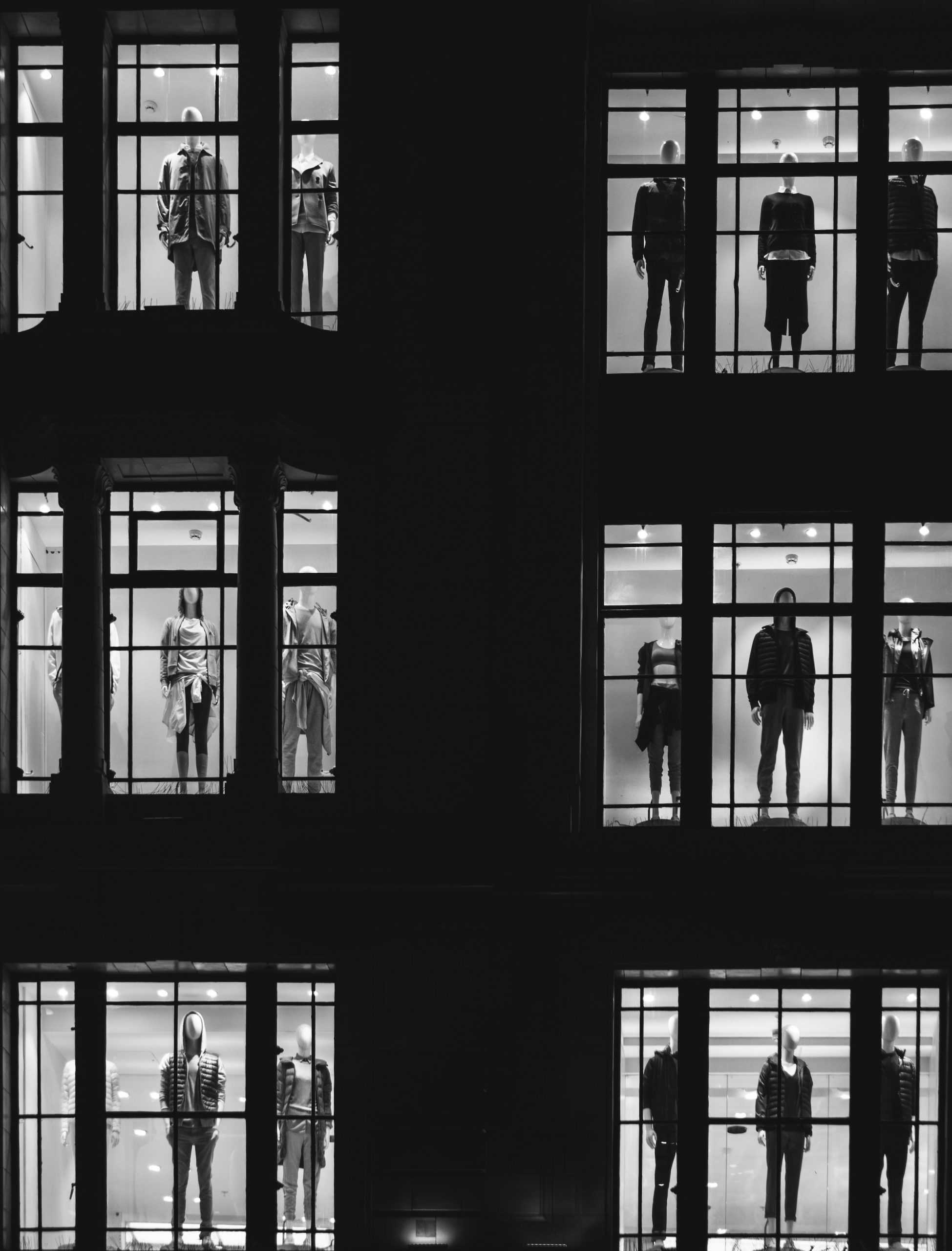
With Harry Styles becoming the first man to appear solo on a cover of Vogue, Life&Style’s Charlotte Pryce considers his impact on redefining fashion norms and existing ideas of ‘masculinity’
A million miles away from the boy who appeared on the X-Factor stage at age 16- likely kitted out in the likes of Topman and River Island, Harry Styles has, in recent years, cemented himself as somewhat of a fashion icon. From his appearance at the Met Gala in 2019, where he sported a bespoke Gucci sheer, frilled black blouse, tailored trousers, nail vanish and a singular pearl earring, to the cover art for his second album,
Fine Line, in which his archetypal look of flares, this time paired with a pink blouse, was debuted, Styles can certainly be seen to be pushing boundaries. But it is his most recent endeavour that has got so many heads turned towards the twenty-something-year-old. Vogue made history in its December issue by featuring the musician on its cover, making Styles the first man to appear solo on the cover of the fashion magazine. He was also wearing a dress.
“Before Styles there has been Bowie, Prince, Kravitz, and more recently Jaden Smith
The cover has led to many heralding Styles as a ‘revolutionary,’ leading a ‘new era’ of gender-neutral fashion, as said by Gucci’s Alessandro Michele, and as transgressing established gender norms and boundaries. However, before I go any further, it is important to take note of the criticism that has amassed in regard to the Styles’ hailing as a legendary figure. Yes, he might be the first male to appear solo on the cover of Vogue, but he is certainly not the first man to wear a dress in the spotlight. Fenella Hitchcock, a lecturer at the London College of Fashion, reminds us that ‘it’s not new or radical’; before Styles there has been Bowie, Prince, Kravitz, and more recently Jaden Smith and Pharrell Williams to name but a few- the latter wearing a dress on the cover of GQ. Daniel Rodgers, in an article for Daze, crucially points out that our seeing Styles as revolutionary ‘is indicative of how we read these aesthetics differently on POC or queer bodies than on publicly straight white men.’ The awarding of these transgressive, celebratory moments to cis, white men only is part of a wider issue that needs continued attention and reflection. However, as Rodgers points out, the cover is still undeniably important.
By making it to Vogue’s cover, Harry’s impact on the fashion industry is irrefutable, paving the way for an acceleration of the cultural shift that is already in process; conversations contesting normative forms of masculinity and heteronormativity have been happening for a while. Fashion knows no bounds of gender, and this move from Vogue suggests high fashion is also beginning to embrace this direction. Thus, male fashion might be in the midst of a transformation that has been a long time coming, thanks to Harry Styles. For cis-men especially, Styles, not just through his appearance in Vogue, but in his commitment to experimentation with fashion more generally, has reinforced the notion that traditional boundaries, when it comes to fashion and more, can be blurred without sacrificing one’s ‘masculinity.’ There is nothing unmasculine about wearing a dress. Indeed, Olivia Wilde, the director of Style’s latest film, Don’t Worry Darling, says he is ‘redefining what it can mean to be a man with confidence,’ and is it is this specific ‘brand of confidence,’ devoid of toxic masculinity, that is shaping Styles up to be a ‘spearhead’ of this new generation of men.
“Fashion to Styles isn’t about whether something is for men or women, masculine, or feminine
Styles himself captures the essence of this so-called revolutionary moment of blurring gender norms, that is really quite un-revolutionary. ‘There’s so much joy to be had in playing with clothes. I’ve never thought too much about what it means – it just becomes this extended part of creating something’ says Styles in the feature with Vogue. Fashion to Styles isn’t about whether something is for men or women, masculine, or feminine; stripped back to basics, fashion is about having fun and being creative – it always has been. Fashion need not be plagued by unnecessary gender constraints, which Styles recognises is ‘like anything – anytime you’re putting up barriers in your life, you’re just limiting yourself.’ His enviable success since leaving One Direction is a testament to what can be achieved when you leave societal expectations of gender behind, and suddenly have everything at your disposal to play with. Surely, if he can inspire just one man to forgo such needless constraints, then he is certainly worthy of the acclaim his is receiving. And when such acts as his wearing a dress on the cover of Vogue attract criticism from those claiming that ‘manly men’ are thus clearly and ‘tragically’ on the decline, it seems we need figures like Harry Styles to keep doing what they are doing – inspiring the next generation.
Liked this article? We think you’ll enjoy these:
Spotlight On: Burberry x Marcus Rashford
Comments